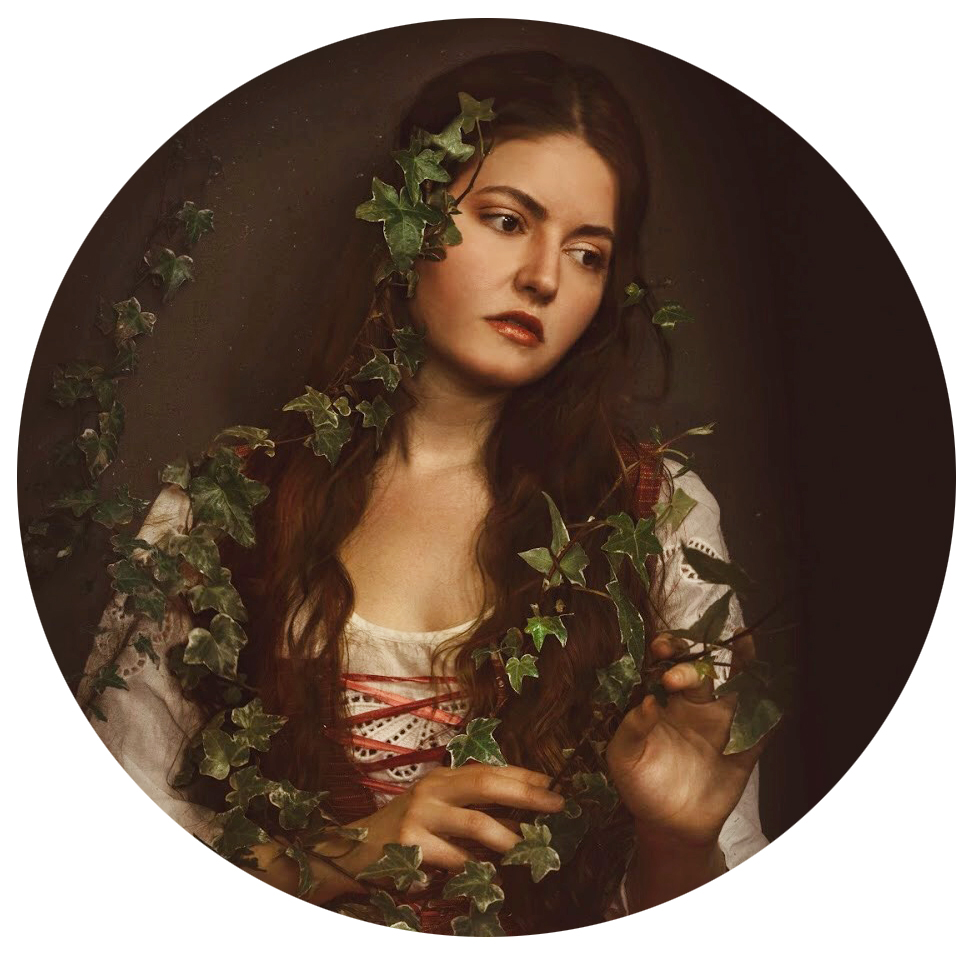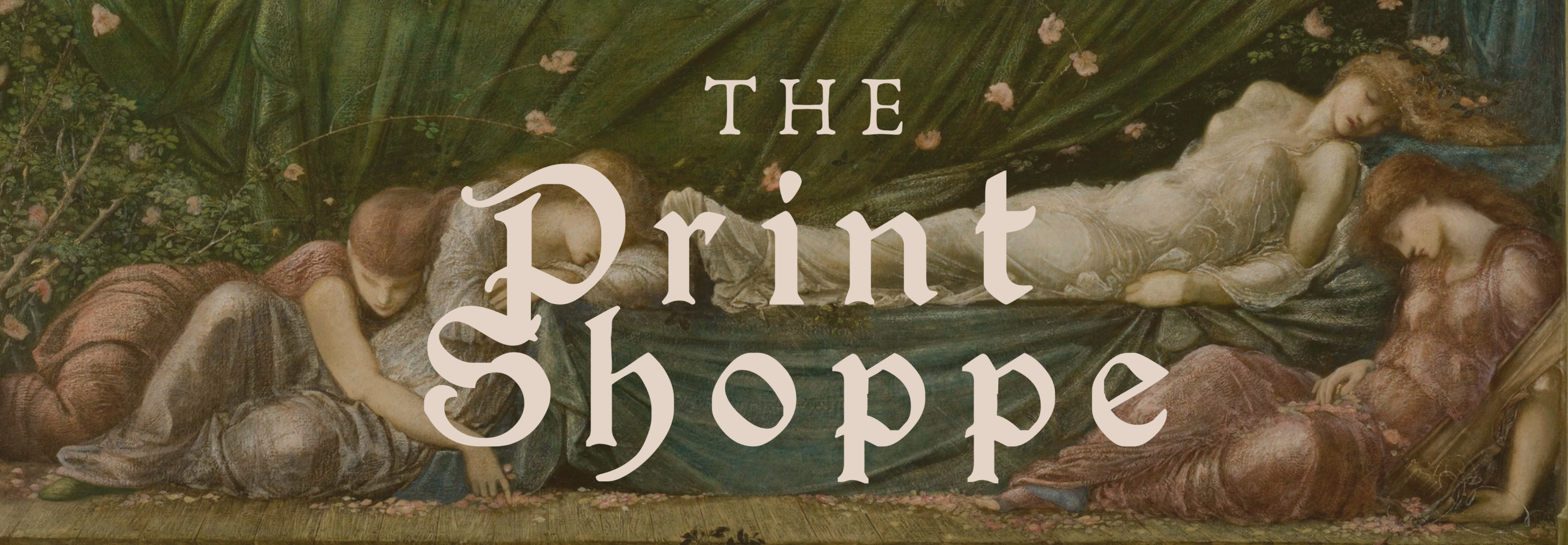
On the right is Julia Margaret Cameron at Her Piano by Oscar Gustave Rejlander, 1863-65. Albumen print. Michael Mattis and Judith Hochberg Collection.

While writing on the botanical features of Julia Margaret Cameron portraits (blog post on this coming soon!), I came across Oscar Gustave Rejlander’s photograph of her at the piano (shown above) for the first time. During an image search to find out more background information on this albumen print, from the images results I mistook a chalk drawing comprised of such similar lighting, tonality and posing in Rejlander’s photograph. This chalk drawing is François Bonvin’s Woman at the Spinet. During my continued research, I have not seen any other written connection made between these two works or the artists themselves. As a result, I will be arguing that François Bonvin’s Woman at the Spinet inspired Oscar Gustave Rejlander’s Julia Margaret Cameron at Her Piano. Before I continue, I would like to point out that this chalk drawing was completed three years prior to when this image was believed to be taken.
Here is where my research has taken me thus far:

On the page 44 of Julia Margaret Cameron: The Complete Photographs, Cox and Ford discuss the friendship between Oscar Rejlander and Julia Margaret Cameron, beginning through the shared connection of Lord Alfred Tennyson. Cox and Ford then discuss Rejlander’s high regard for portraits with a narrative, stating that he is often “telling of a story with moral and social implications” through his photographs. For this post, I would glanced over this section if I had not come across the background information of François Bonvin drawing first (see below).
According to The Cleveland Museum of Art:
“The subject of the woman at the piano was a recurrent theme in Bonvin’s oeuvre. The pianist depicted here was likely Céline Prunaire, a 21-year-old musician who married the much older artist in 1860. Although the meticulously rendered composition celebrates the grace and propriety of the young woman, the happiness of the couple’s union was fleeting. Prunaire left the artist after fewer than three years, never to return. The pink carnation at her feet suggests a note of foreboding to the image, perhaps intended to allude to the ephemeral nature of music and sentimental bonds.”
The Cleveland Museum of Art’s Description of Woman at the Spinet by François Bonvin, 1860.
I thought for sure I would see a connection made in this book after seeing the inclusion of the photograph by Rejlander (see screenshot on the right), but Cox and Ford described the narrative merely as “a moment of concentrated recreation,” adding a quote from Victoria Olsen “‘cultural work about home from within the home and family.'”
I would like to believe there is something more, especially in relation to the Woman at the Spinet. I would argue that there is a narrative that Julia Margaret Cameron is playing a character in, just as Rejlander and Cameron conducted countless times with their models to play out their photographic tales. I will be continuing my research and updating this post with my findings.


On a side note, I love the work of François Bonvin, whose work I had not had the pleasure of exploring before this discovery.
References
Woman at the Spinet. The Cleveland Art Museum. https://www.clevelandart.org/art/2010.166
Julia Margaret Cameron’s Women. https://www.moma.org/documents/moma_catalogue_181_300296410.pdf
Julia Margaret Cameron: The Complete Photographs, by Julian Cox and Colin Ford. Source.








